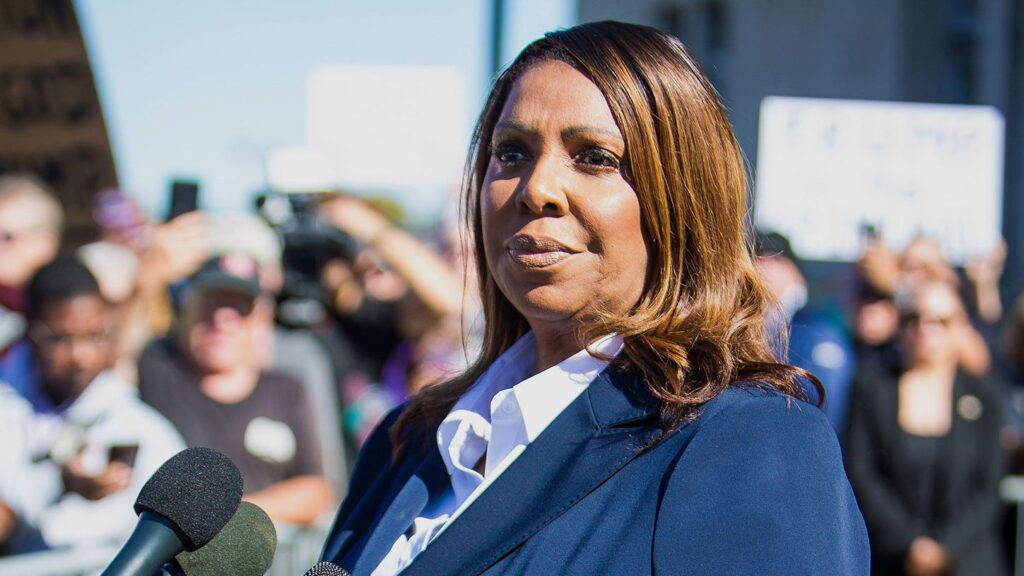A brain stroke occurs when the blood flow to the brain is blocked. The human brain is a complex organ that depends on oxygen and nutrients to function properly. When the oxygen flow to the brain is interrupted, even slightly, it can cause serious problems. Early intervention and better outcomes can be achieved by being aware of the causes, symptoms, and treatments of the various types of brain strokes. In this guide, neurologist Dr. Sanjay Pandey will discuss the two main types of brain strokes: ischemic stroke and hemorrhagic stroke. Read More
The Basics of Brain Strokes
Brain strokes are medical emergencies that can cause permanent brain damage or even death if not treated quickly. Strokes happen when there’s a break in the blood supply to part of the brain. This can be because of a blockage or a burst blood vessel. Common stroke symptoms include trouble walking, difficulty talking or understanding speech, and sudden numbness or weakness in the face, arm, or leg, usually on one side of the body.
Common Risk Factors for Strokes
Several things can make you more likely to have a stroke. These include:
• Diabetes
• High blood pressure
• High cholesterol
• Smoking
• Drinking too much alcohol
In younger people, strokes can be caused by other conditions like blood clotting problems, heart diseases, and certain genetic disorders.
Brain Stroke Symptoms and Treatment
Ischemic Stroke: Causes and Symptoms
Ischemic strokes are the most common type, making up about 87% of all strokes. They happen when a blood vessel that brings blood to the brain gets blocked. This can be because of a blood clot that forms in an artery in the brain (thrombus) or one that forms elsewhere in the body and travels to the brain (embolus).
Why Does It Happen?
Ischemic strokes happen because of blockages in the blood vessels that supply the brain. The main causes include:
• Thrombotic Stroke: This happens when a blood clot forms in one of the arteries directly supplying blood to the brain. These clots often form in areas where the arteries have been narrowed by fatty deposits called plaques.
• Embolic Stroke: This happens when a blood clot or other debris forms away from the brain, often in the heart, and travels to the brain. This type of clot is called an embolus.
Early Symptoms
The symptoms of an ischemic stroke usually come on suddenly and can include:
• Sudden numbness or weakness in the face, arm, or leg, especially on one side of the body
• Confusion or trouble speaking or understanding speech
• Trouble seeing in one or both eyes
• Difficulty walking, dizziness, loss of balance, or lack of coordination
• Sudden severe headache with no known cause
Hemorrhagic Stroke: Causes and Symptoms
Hemorrhagic strokes happen when a blood vessel in the brain bursts, causing bleeding in or around the brain. This type of stroke is less common but more deadly than ischemic strokes.
Why Does It Happen?
Hemorrhagic strokes can happen for several reasons, including:
• High Blood Pressure: Chronic high blood pressure can make small arteries in the brain brittle and more likely to crack and burst.
• Aneurysms: Weak spots in the walls of arteries that can balloon out and burst, leading to bleeding in the brain.
• Arteriovenous Malformations (AVMs): Clusters of abnormally formed blood vessels that can rupture and cause bleeding in the brain.
Early Symptoms
The symptoms of a hemorrhagic stroke often include:
• Sudden severe headache (often described as “the worst headache of my life”)
• Nausea and vomiting
• Sudden numbness or weakness in the face, arm, or leg, especially on one side of the body
• Difficulty speaking or understanding speech
• Confusion or a decrease in alertness
• Trouble seeing in one or both eyes
• Loss of balance or coordination
Diagnosing a Stroke
Early diagnosis of a stroke is critical to effective treatment. Brain imaging techniques, like CT scans and MRI scans, are used to tell the difference between ischemic and hemorrhagic strokes. These tests help doctors decide the best treatment based on the type of stroke.
Treatment Options for Ischemic Stroke
The main goal in treating an ischemic stroke is to restore blood flow to the brain. This can be done through:
• Intravenous Thrombolysis: Giving clot-dissolving drugs (like tPA) within a few hours of symptoms can greatly improve outcomes.
• Endovascular Procedures: In some cases, doctors can use a catheter to directly remove the blood clot from the brain’s blood vessels.
Treatment Options for Hemorrhagic Stroke
Treatment for hemorrhagic stroke focuses on controlling the bleeding and reducing pressure in the brain. This can include:
• Surgery: Procedures like craniotomy (removing part of the skull to relieve pressure) or clipping and coiling of aneurysms can help control bleeding.
• Medications: Drugs to lower blood pressure, control swelling, and prevent seizures may be used.
The Importance of Early Intervention: The BE FAST Method
Recognizing the signs of a stroke early and getting medical help right away is crucial. The BE FAST method is an easy way to remember the warning signs:
• Balance: Sudden loss of balance or coordination
• Eyes: Sudden trouble seeing in one or both eyes
• Face: Sudden drooping or numbness on one side of the face
• Arms: Sudden weakness or numbness in one arm
• Speech: Sudden difficulty speaking or understanding speech
• Time: Time to call emergency services immediately
By acting fast and getting to a health facility within 4-4.5 hours of the onset of symptoms, the chances of a better recovery increase significantly.
Preventing Strokes: Lifestyle Changes and Medical Management
Prevention is better than cure. Several lifestyle changes and medical management strategies can reduce the risk of strokes:
Lifestyle Changes
• Healthy Diet: Eating a balanced diet low in bad fats and sodium can help reduce the risk of stroke.
• Regular Exercise: Regular physical activity helps keep a healthy weight and lowers blood pressure.
• Quit Smoking: Stopping smoking greatly reduces the risk of stroke.
• Limit Alcohol: Reducing alcohol intake can help lower blood pressure and decrease the risk of stroke.
Medical Management
• Blood Pressure Control: Regular monitoring and managing blood pressure are essential in preventing strokes.
• Diabetes Management: Keeping blood sugar levels under control reduces the risk of stroke.
• Cholesterol Management: Medications and lifestyle changes to control cholesterol levels can prevent blood clots.
• Regular Check-ups: Routine medical check-ups can help detect and manage risk factors effectively.
Rehabilitation After a Stroke
Recovering from a stroke can be long and hard. Rehabilitation helps stroke survivors regain independence and improve their quality of life. Rehabilitation programs may include:
• Physical Therapy: To improve strength, coordination, and balance
• Psychological Support: To help cope with emotional and behavioral changes after a stroke













